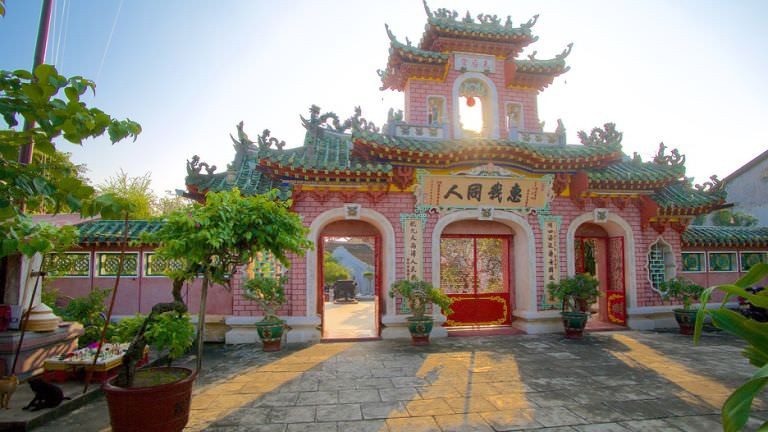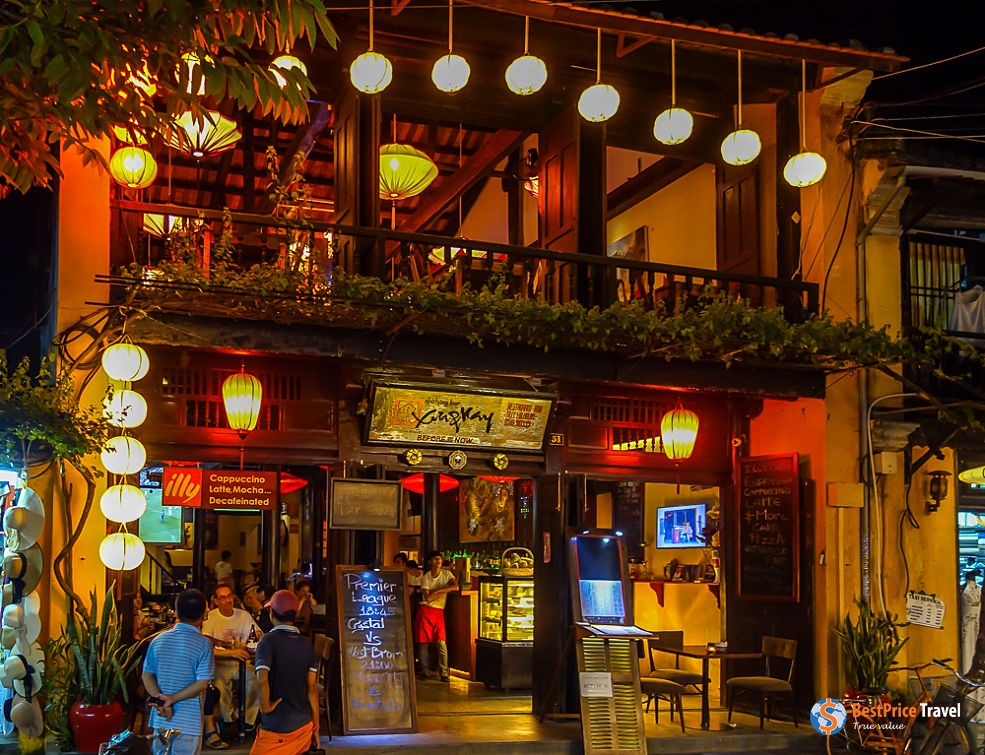Hoi An was formerly a prominent Southeast Asian commercial port in the 16th and 17th centuries, and now is a living museum that preserves old-town architecture. Chinese temples, a Japanese-designed bridge, pagodas, wooden shophouses, French-colonial houses, and old canals are just a few of the historic structures. Despite the fact that substantial commerce had long migrated elsewhere, Hoi An was successful in maintaining and protecting its picturesque roots. In December 1999, it was designated as a UNESCO World Heritage Site.

Two of the best features about Hoi An's Old Town are that it is small enough to navigate on foot and that the traffic isn't nearly as bad as it is in larger cities. All of Hoi An's key attractions or monuments, such as the Japanese covered bridge, Chinese assembly halls, Guan Yin Temple, the museum of history and culture, and the Tran family home and chapel, are conveniently located in close proximity of one another. Some roadways are just for bike and motorcycle traffic, while others are only for pedestrians. Most travelers to Vietnam, especially those who have gone through frantic Ho Chi Minh City (aka Saigon) or Hanoi, will find Hoi An even more appealing as a result of these features.

In the Old Town, tradition is still very much present. Many of the structures in the Old Town date back over a century and are influenced heavily by Chinese traders from Guangzhou, Fujian, Chiu Chow, and Hainan. A few of the wooden signboards with business names are engraved and gilt in Chinese characters, indicating the Chinese presence in Hoi An since its rich days. Despite the fact that many of the ancient shops have been transformed to modern tourist companies such as tailors, gift shops, galleries, eateries, and cafés, all have been done so with care to retain the history.

In a small town like Hoi An, it's incredible to see such a wide range of local cheap food and good dining. At most up-market restaurants, diners can choose between local and western cuisines. Many of them have large lounge bars on the ground floor and an upper dining area with a balcony. Local dishes like white rose (prawn dumplings) and cao lau are frequently served as the meal's highlight (a pork noodle dish).

Although the Old Town may easily be navigated on foot, a cylo riding tour is an alternative and exciting way to visit this UNESCO World Heritage Site. Many eateries in the Old Town also offer English-language culinary instruction. Students typically learn to prepare three to five dishes and then consume the results together. There are a few good dive centers in Hoi An, including one located opposite the Hoi An Museum, a little further north inland from the Old Town, for those looking for more sports activities.

The nightlife in Hoi An's Old Town isn't particularly lively, and things normally quieten down around 22:00. Travelers may still easily find a place to relax and unwind with a few drinks, food, or a game of pool or darts. Happy hours are offered by many cafés and pubs, and some even start as early as 16:00. Many people find the concept of relaxing in a century-old shophouse on large, comfortable sofas and dancing in particular settings appealing, and Hoi An's nightlife is certainly welcoming.
----------------------
Welcome to Viet Center Tourist | Travel agency in Vietnam
An inbound tour operator specializing in providing tour packages in Vietnam, Laos and Cambodia






Leave your comment here!